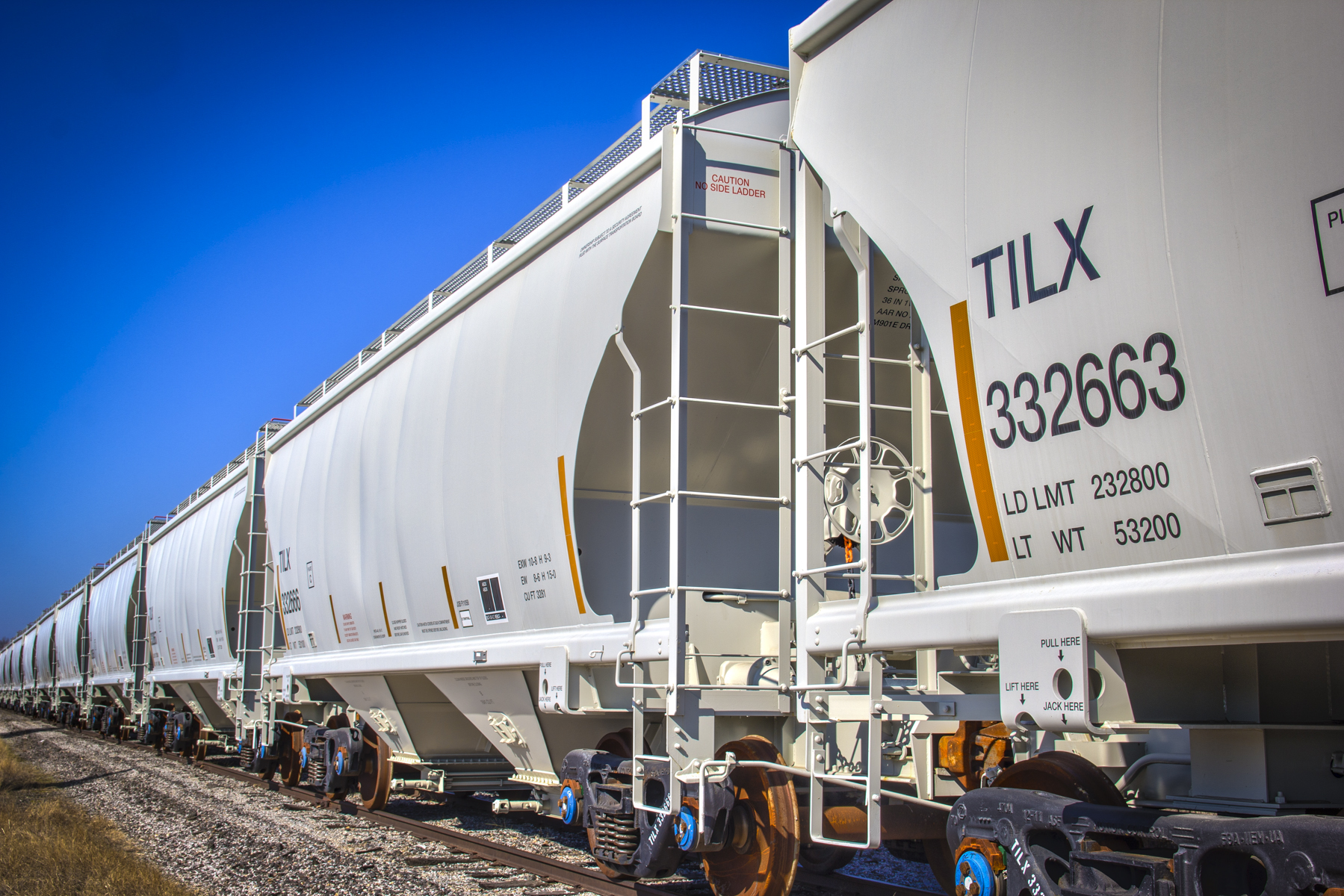The Advantages of Rail Shipping vs. Trucking
This article was authored in its original form by our partners at RSI Logistics.
The original post can be found here.
Optimizing your logistics operations by selecting the most suitable shipping modes and routes can significantly reduce shipping costs and enhance the efficiency of your supply chain. When it comes to land transportation, rail and trucking are two of the primary shipping modes.
However, determining the ideal shipping type for your materials and business requirements involves a complex evaluation process. In this regard, it is crucial to assess the pros and cons of both rail and truck shipping to identify the most appropriate option that meets your specific needs. We believe that rail transportation can offer several important advantages over trucking.
The Advantages of Rail vs. Truck Shipping
Cost: Advantage to Rail
For several reasons, rail transportation can be a more cost-effective option compared to truck transportation. Rail is more fuel-efficient compared to trucking, and railcars can carry much more volume than trucks. In fact, one railcar can carry the equivalent of about four full truckloads. Moreover, the cost of maintaining railcars1 is significantly lower than it is for trucks2. Trucks require frequent engine maintenance and expensive replacement parts, while railcars can travel much farther with much less maintenance since they are less complex in construction. Thus, when comparing the cost of rail versus truck shipping, rail transportation can be a more economical option.
Stability: Advantage to Rail
In this context, “stability” refers to the reliability of supply and demand, as well as the ability of the shipping mode to withstand disruptive events such as political conflicts, weather, manpower shortages, and economic shifts. In terms of stability, the advantage goes to rail.
While the trucking industry experienced shortages and economic uncertainty during the pandemic, and a shortage of truck drivers in 2022, rail has remained relatively stable. Rail is thought to be more resistant to these sorts of macro shifts, in part because it requires less labor per ton shipped than trucking does3. The rail industry also has significantly less employee turnover than the trucking industry4 5.
Environmental Impact: Advantage to Rail
Businesses and consumers are increasingly placing greater importance on companies taking a strong environmental stance. Younger buyers, in particular, tend to purchase from eco-friendly and sustainable brands whenever possible. According to Nielsen, about 75% of millennials prefer buying from sustainable brands.6 This sentiment is even stronger among Generation Z.
Businesses that aim to prioritize sustainability by managing their supply chains are looking at rail as a more eco-friendly transportation option. On average, rail is four times more fuel-efficient than trucking, and it emits 75% fewer GHG emissions7. This fuel efficiency can help significantly reduce transportation costs while also giving the business a platform to promote its sustainability initiatives. When it comes to environmental impacts, rail can clearly outperform trucks.
Speed: Advantage to Trucking
When comparing the shipping speed of rail and trucks, the latter is generally considered faster. The extensive network of highways generally allows trucks to follow shorter routes between two points, thereby delivering cargo in a shorter period of time. However, the speed advantage of trucking over rail can diminish as distances increase.
Trains maintain a steady speed of up to 50 mph when in motion. However, railroads employ a classification system that involves large rail yards. Like the delays experienced by airline passengers during layovers, railcars can be delayed within these yards.
Flexibility: Advantage to Trucking
The trucking industry possesses an edge over rail transportation in terms of flexibility. Unlike railcars that are constrained to fixed rail routes, trucks can access a broader range of roads and highways — thereby enabling them to reach more loading and unloading points across the country. Additionally, trucks have a more direct path to their destinations, whereas railcars may have to take alternative routes that can require detours around areas where rail infrastructure is less available.
Safety: Advantage to Rail
In comparison to truck transportation, rail transportation is considered to be a safer option8. Railcars are better secured, which makes them less vulnerable to theft during transportation. Additionally, railcars generally are parked in a secure rail yard when not in use, providing 24/7 security protection.
When transporting hazardous materials, rail is designed to provide an added layer of safety through rigorous checks and security measures. These measures are intended to help minimize the risk of potential accidents or incidents.
Rail transportation offers several advantages over trucking that often are overlooked. Transloading, a technique that involves the transfer of goods from one mode of transportation to another, enables shippers to leverage the benefits of both rail and trucking. This method allows shippers to use trucking for short distances, thereby increasing speed and travel flexibility, while taking advantage of the cost savings, stability, and safety that rail transportation provides over longer routes.
To learn more about transloading and how it can help you effectively combine trucking and rail transportation, reach out to the expert team at TrinityRail.
1 Hum, Disrupting the Railcar Maintenance Market, September 2023
2 FreightWaves, The Cost of Operating a Truck, September 2023
3 Union Pacific, Pros & Cons of Rail: Shipping Cost, Speed, Capacity and More, January 2023
4 Progressive Railroading, Why young professionals plan to keep working on the railroad, July 2015
5 FreightWaves, Why trucking embraces alarming turnover rates, November 2023
6 Nasdaq, How Millennials and Gen Z are Driving Growth Behind ESG, 2022
7 TrinityRail, Building a More Sustainable Supply Chain, 2023
8 Association of American Railroads, Why Freight Rail is the Safest Mode for Hazmat, March 2023
IF YOUR BUSINESS RELIES ON RAIL, YOU CAN RELY ON US.
WHAT CAN WE DELIVER FOR YOU?
"*" indicates required fields
